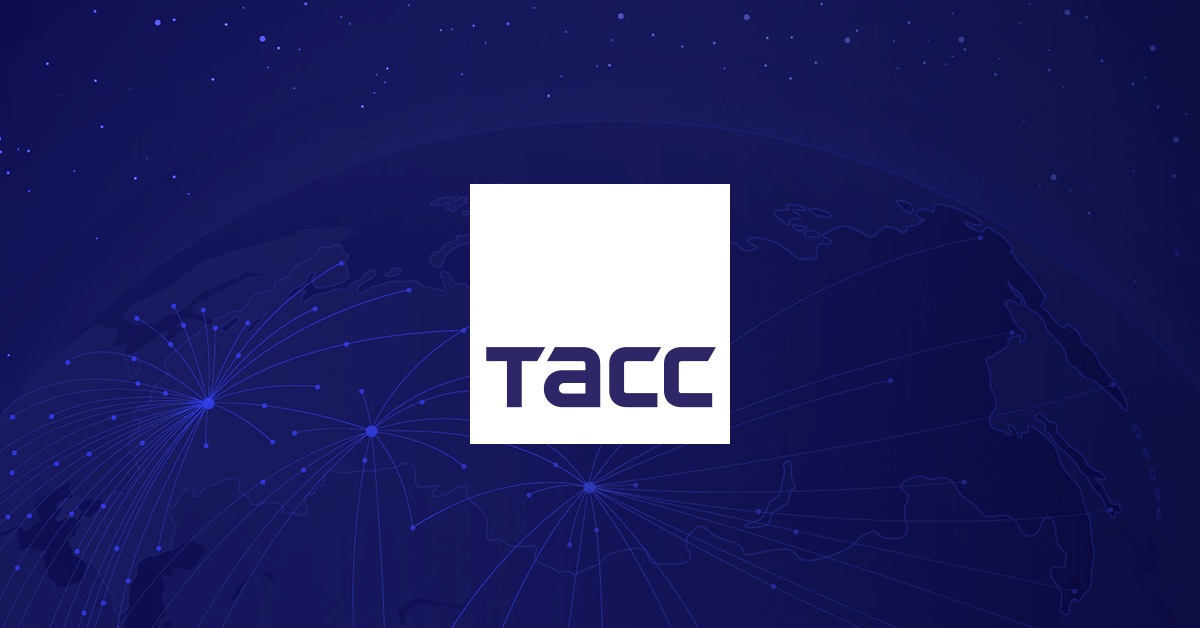OpenAI's Bold Move to In-house AI Chip Design
Explore OpenAI's strategic initiative to develop in-house AI chips, a move that could redefine technological dependencies and competition in the semiconductor space.
Published February 11, 2025 - 00:02am

Image recovered from deccanchronicle.com
OpenAI, renowned for its cutting-edge contributions to artificial intelligence, is on the brink of a transformative development: crafting its own AI chips. This ambitious endeavor, aimed at reducing dependency on semiconductor behemoths like NVIDIA, marks a significant leap towards technological independence. The company is finalizing the design of these specialized chips and is preparing to send them for manufacturing at Taiwan Semiconductor Manufacturing Company (TSMC), with mass production anticipated by 2026 if all goes according to plan.
At the heart of OpenAI's strategy is the desire to alleviate constraints posed by reliance on third-party chip manufacturers. Currently, the AI field is dominated by NVIDIA, which holds a commanding 80% market share in AI chips. OpenAI's initiative, spearheaded by a team under Richard Ho — a former Google engineer — aims not only to craft a chip that can efficiently handle AI model training but also to boost execution capabilities significantly. The chips will be fabricated using TSMC's advanced 3-nanometer process, promising enhanced energy efficiency and computational power.
The development process for these chips is intricate and financially demanding. The initial tape-out, or the phase of sending a design for manufacturing, involves a substantial investment running into tens of millions of dollars. This phase alone can take around six months, and success is not guaranteed at the first attempt. Any failure would necessitate problem diagnosis and subsequent iterative refinement, potentially leading to delays and added costs.
This move is part of a broader trend among tech giants to insource chip production. Companies such as Microsoft and Meta are already investing heavily in developing proprietary semiconductors to lessen their reliance on NVIDIA's assemblages. Reports suggest that Microsoft intends to invest $80 billion in artificial intelligence infrastructure over the next few years, while Meta has slated $60 billion for similar advancements by 2025. As these companies pivot towards self-sufficiency, OpenAI endeavors to position itself competitively in this shifting landscape.
The stakes are high, and the path fraught with challenges, as developing such advanced technology requires considerable expertise and resources. The team behind OpenAI's chip design, once a modest group of 20, has now doubled, incorporating collaborations with semiconductor leader Broadcom. They are tasked with not just establishing a foundational model but also iterating to create more sophisticated versions with expanded functionalities.
OpenAI's bold venture is not simply about fostering independence but also about enhancing negotiation power with semiconductor suppliers. If successful, OpenAI is poised to alter the competitive dynamics within the field. A successful AI chip design could propel its offerings beyond what traditional players in the industry currently provide, potentially setting new precedents in AI application efficiencies.
In addition to the core chip design, this advancement will enable OpenAI to explore more intensive projects, such as humanoid robots powered by its chips. Internally, the chip is viewed as a strategic leverage point, as it would bestow the company with greater control over its product timelines and releases. However, the ultimate outcome of these efforts remains to be seen.
While excitement around these developments builds, OpenAI's challenge will be to prove that its processor can compete with established leaders, not least in the eyes of potential business clients wary of abandoning tried and trusted technologies. Yet, the potential for a successful in-house AI chip could redefine the company's trajectory, promoting wider adoption and cementing OpenAI's status as a formidable player in the next generation of AI technology.








